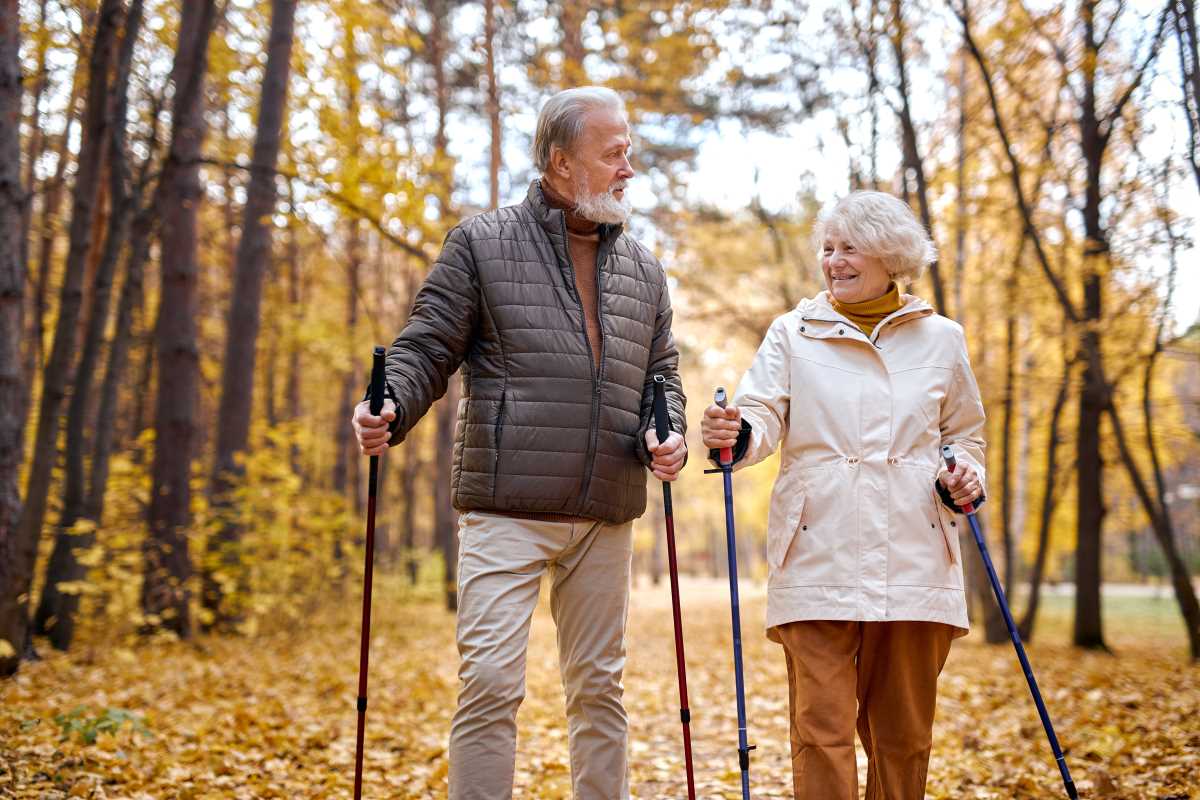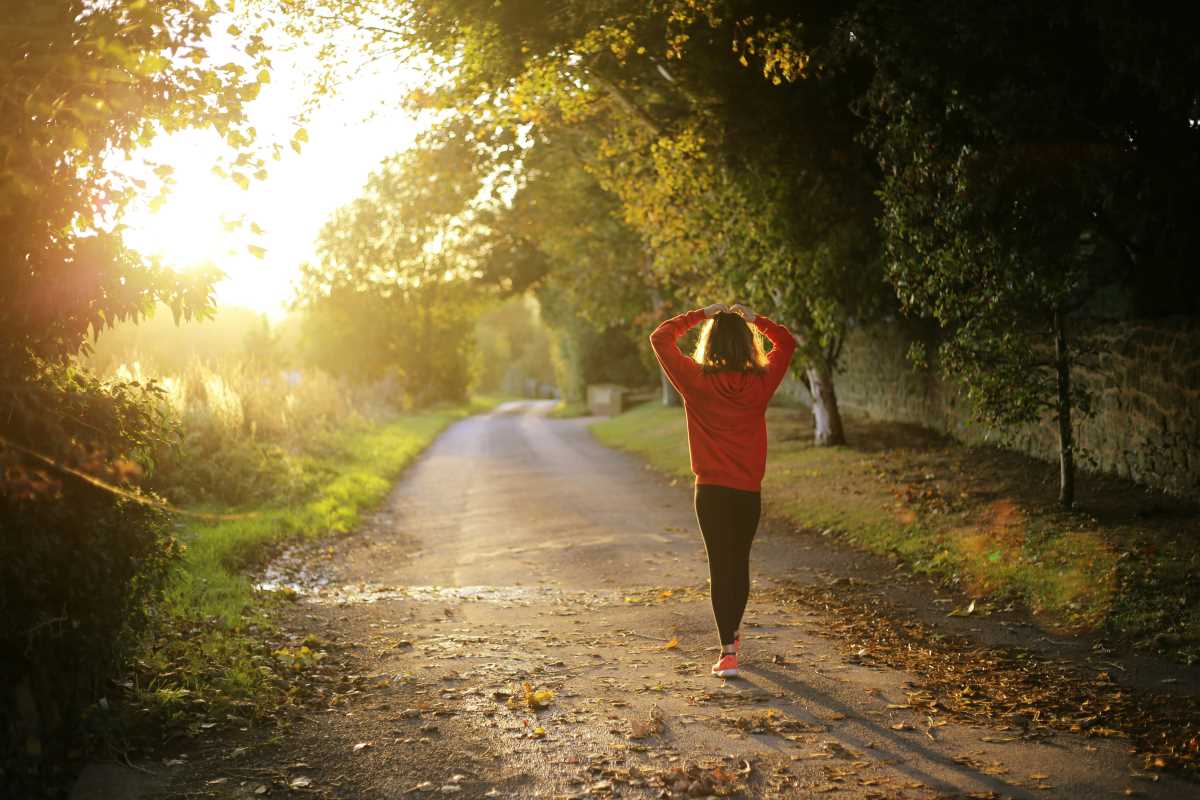Golden sunlight streams between the leaves of maple and oak trees while neighbors meet at the corner of a peaceful street. Friendly voices fill the air with laughter when someone notices a mural tucked away on a weathered brick wall, and the group grows eager to see what else lies ahead. Each step along these well-known sidewalks brings a chance to discover something new together. Walking side by side, people of all ages and speeds find connection in simple moments, turning everyday routes into opportunities to build community and enjoy a sense of belonging. Even the smallest details, like a hidden painting or shared smile, become part of something meaningful.
Conversations bloom around fresh air and footfalls, reminding everyone that health doesn’t unfold in isolation. It thrives in friendly competition, spontaneous detours, and those unexpected conversations that spark inspiration. Here, every step becomes a thread weaving community strength and individual well-being into a tapestry of daily discovery.
Why Local Routes Spark Community Energy
Neighborhoods carry stories in their sidewalks, and exploring them together turns a solitary walk into a shared adventure. When people set out with a common goal, sidewalks become meeting places, and familiar turns reveal surprising connections.
- Shared curiosity ignites conversation: When walkers exchange route tips, they discover hidden benches, secret gardens and street art tucked away from main roads.
- Seeing progress motivates: Watching a neighbor’s stride boosts confidence and encourages newcomers to join the next outing.
- Flexibility builds belonging: Whether someone walks five blocks or ten, everyone celebrates each mile, reinforcing a sense that every contribution matters.
Transform Steps into Lasting Habits
Creating habits requires more than willpower—it depends on small, repeatable cues linked to daily routines. These moments turn random strolls into rituals that become part of everyday life.
- Connect activity to an existing routine: Slip on walking shoes right after morning coffee.
- Try a new turn or detour: Change your route on alternating days to satisfy curiosity and avoid boredom.
- Choose a consistent time window: Set a specific time—morning, lunch break or early evening—to signal to your brain that movement is a must.
By integrating these steps into your daily habits, your body learns to expect movement and your mind starts craving the fresh air and social connection each outing provides.
Roadmap to Your First Challenge
- Route Planning
- Purpose: Create a loop starting and ending at your doorstep to save transit time.
- Steps:
- Sketch or use a free mapping tool to outline a 2–3 mile circle.
- Mark landmarks every half-mile to monitor progress.
- Walk the route at a relaxed pace to check safety and appeal.
- Cost: Free with open-source maps.
- Tip: Note shaded areas or water fountains so you know where to pause and refresh.
- Pacing Technique
- Purpose: Maintain momentum and prevent fatigue with short bursts.
- Steps:
- Begin with five minutes of brisk walking.
- Slow to a conversational pace for two minutes.
- Repeat intervals for the duration of your walk, aiming for a 3:1 active-to-rest ratio.
- Tip: Sync bursts with your playlist to keep rhythm without checking the clock.
- Partner Up
- Purpose: Boost motivation by walking with someone who matches or slightly surpasses your stride.
- Steps:
- Reach out to a neighbor or colleague interested in regular walks.
- Agree on a weekly schedule and a backup plan for bad weather.
- Share quick feedback after each walk to improve route or pace.
- Cost: Free.
- Tip: Exchange contact info in a group chat to confirm plans easily.
- Keep a Progress Journal
- Purpose: Track growth and stay accountable.
- Steps:
- Dedicate a page for date, distance, and mood rating.
- Write down a route highlight, like a blooming tree or mural.
- Note one change to try next time.
- Cost: Free with any notebook or note app.
- Tip: Review weekly entries to spot patterns and celebrate small wins.
- Coordinate Local Meetups
- Purpose: Turn solo walks into community events.
- Steps:
- Post a flyer at the library or café to announce a walking group.
- Pick a regular meeting spot like a park entrance or coffee shop patio.
- Encourage participants to bring friends.
- Cost: Minimal if printing in black and white.
- Tip: Start with a simple icebreaker, like sharing favorite local hidden gems.
As you start your walking challenges, every step brings new energy and social bonds. With each stride and shared laugh, you will see that health flourishes when joy guides your actions.
Maintain Motivation with Social Support
Staying consistent works best when people support each other. Create channels where participants share weekly updates, whether through a quick group text or a community bulletin board. When everyone sees others logging miles, it creates a ripple effect that encourages everyone to keep going.
- Set up a rotating “spotlight walker” feature where one person shares a tip or favorite route each week, fostering fresh ideas and recognition.
- Organize small competitions that reward creativity—like finding the most colorful mural or counting the most bird calls—to keep things lively and engaging.
Walking together transforms everyday routes into moments of connection and joy. Lace up and see how a simple walk can spark a lasting commitment to health and happiness.







